In recent months, the national conversation surrounding aviation safety systems has grown louder and more urgent. As lawmakers, industry experts, and regulators alike acknowledge many of the Federal Aviation Administration’s (FAA) core systems are in critical need of modernization. This includes the very infrastructure that manages the lifeblood of aviation: our nation’s air traffic control (ATC) systems.
The Legacy of Yesterday’s System in Today’s Skies
The current air traffic management (ATM) system in the United States is a patchwork of legacy infrastructure, much of which was originally designed in the mid-20th century. The basic structure of the National Airspace System (NAS) including airways, navigation aids, and traffic separation procedures dates back to the 1950s and 1960s, when commercial aviation was experiencing rapid growth and jet aircraft were becoming more common.
This structure relies heavily on ground-based radar and navigational beacons, such as VOR (Very High Frequency Omnidirectional Range) stations, to define fixed airways known as “Victor routes” (for low altitudes) and “Jet routes” (for high altitudes). These ground-based systems were the standard for decades, guiding traffic along rigid, pre-defined paths based on the location of physical infrastructure regardless of weather, wind, or traffic volume.
Although the FAA began implementing updates through the Next Generation Air Transportation System (NextGen) starting in 2007, the transition to satellite-based navigation and digital communication has been slower and more fragmented than originally anticipated. Key technologies such as Automatic Dependent Surveillance–Broadcast (ADS-B) and Performance-Based Navigation (PBN) were introduced to enable more flexible, efficient, and precise routing. However, the foundational structure of airspace design, controller tools, and radar systems remains largely dependent on outdated concepts and equipment.
For example:
- VOR navigation dates back to the 1940s and is still in wide use today.
- Primary surveillance radar systems used for ATC date back to the 1950s-70s and have seen limited modernization.
- The FAA's Host computer system, used in enroute air traffic control, was replaced with ERAM (En Route Automation Modernization) in the 2010s, but ERAM still interfaces with other legacy systems that limit its full potential.
- The air route structure itself with its reliance on fixed airways rather than flexible, real-time routing has not fundamentally changed in over half a century.
In many parts of the NAS, aircraft are still guided by voice radio communications and manual controller coordination with procedures that have had minor changes since the 1960s.
This aging infrastructure not only limits operational efficiency but also poses growing safety risks. With the rapid emergence of new entrants to the airspace such as uncrewed aircraft systems (UAS), advanced air mobility (AAM), and commercial spaceflight this legacy system is under pressure like never before.
Modernization is no longer a long-term goal—it’s a pressing necessity. We are asking for a mid-century system to manage 21st-century traffic, and the consequences of delays are becoming increasingly visible.
Mounted Pressure Stemming from Recent Events
The Federal Aviation Administration (FAA) is facing increasing scrutiny over its aging air traffic control (ATC) infrastructure, with numerous reports and incidents highlighting the urgent need for modernization.
The January 2025 mid-air collision between an American Airlines regional jet and a U.S. Army helicopter near Washington's Reagan National Airport, resulting in 67 fatalities, underscored the critical vulnerabilities in the current ATC system. This tragedy intensified calls for comprehensive reforms.
In response to these challenges, the aviation sector has been vocal about the necessity for immediate action. In February 2025, major industry groups and unions jointly urged Congress to allocate "robust emergency funding" for ATC technology upgrades and staffing enhancements. They emphasized that the FAA is approximately 3,500 controllers short of its targeted staffing levels, contributing to delays and safety concerns.
The Trump administration has acknowledged these issues. Transportation Secretary Sean Duffy announced plans in March 2025 to overhaul the U.S. air traffic control system, including transitioning from outdated copper communications infrastructure to fiber optics and implementing new radar systems and terminals for controllers.
However, some proposed measures have sparked controversy. In February 2025, the administration initiated the dismissal of several hundred FAA employees, including air traffic controllers, just weeks after the fatal collision over the Potomac River. This move has raised concerns about exacerbating staffing shortages and compromising air safety.
The FAA's ongoing modernization initiative, the Next Generation Air Transportation System (NextGen), aims to revamp ATC infrastructure to enhance safety and efficiency. Despite significant investments since its inception in 2007, progress has been mixed, with some milestones met and others delayed. The GAO has recommended that the FAA develop comprehensive risk mitigation plans and improve oversight to address these challenges effectively.
These developments underscore the critical need for immediate and sustained efforts to modernize the nation's air traffic control systems, ensuring they can safely and efficiently manage the complexities of contemporary airspace operations.
NPUASTS: Pioneering the Path Forward
Modernizing our nation’s air traffic management system isn’t just a technical challenge; it’s a public service imperative. At the Northern Plains UAS Test Site (NPUASTS), we’re not waiting for the future to arrive; we’re building it, testing it, and validating it today.
Our work directly addresses the most pressing limitations of the current system—limitations that have been laid bare by the increasing complexity of the national airspace. While traditional ATC systems were never designed to accommodate low-altitude, beyond visual line of sight (BVLOS) uncrewed aircraft or high-tempo autonomous operations, NPUASTS is proving that these new modes of aviation can be safely integrated into the NAS if supported by the right infrastructure.
From Concept to Capability: Bridging the Modernization Gap
Through close collaboration with the FAA, Department of Defense, NASA, and industry leaders, NPUASTS is delivering real-world, government-grade solutions that fill critical gaps in airspace management. These include:
- The FAA Radar Data Pathfinder Program, which we lead in partnership with the FAA, is validating how existing ground-based radar assets, often underutilized, can detect and track low-altitude UAS operations. This program is helping transform radar coverage maps from theoretical assumptions into operational safety nets for BVLOS flight.
- Vantis, the nation’s first state-backed UAS system, designed and operated by NPUASTS, is proving a scalable model for UAS Traffic Management (UTM). It provides reliable command and control, real-time situational awareness, and surveillance services that mirror what traditional ATC offers to crewed aviation. In effect, we’re extending the safety envelope of the NAS down to the ground and out to the edge of connectivity.
- Safety Case Development and Validation, where NPUASTS plays a critical role in helping operators and manufacturers meet FAA regulatory expectations for new aircraft, flight profiles, and operational concepts. We aren’t just experimenting; we’re producing data the FAA uses to shape national policies and standards.
A National Mission with Local Impact
What we’re doing in North Dakota isn’t just serving the region; it’s a blueprint for the nation. NPUASTS exists precisely because the federal government recognized that agile, collaborative, and technically disciplined partners are essential to driving innovation in aviation while maintaining the FAA’s gold standard of safety.
In a time when federal systems are struggling to evolve at pace with technology, test sites like ours fill the void with credible, operationally validated innovation. We bridge the gap between promising concepts and trusted capabilities. As modernization efforts accelerate at the federal level, NPUASTS is already delivering the foundational technologies, data, and expertise required to de-risk that transformation.
- GAO Report on FAA Infrastructure (2025)
https://www.gao.gov/products/gao-25-108162
- The Atlantic – “The Plane Crash That Changed Everything” (March 2025)
https://www.theatlantic.com/politics/archive/2025/03/faa-trump-elon-plane-crash/681975/
- Reuters – “U.S. aviation sector calls for emergency funding for air traffic technology, staffing” (February 2025)
- Bloomberg – “U.S. Readying Plan to Overhaul Air Traffic Control, Duffy Says” (March 2025)
- AP News – “Hundreds of FAA workers fired weeks after fatal crash” (February 2025)
https://apnews.com/article/doge-faa-air-traffic-firings-safety-67981aec33b6ee72cbad8dcee31f3437

